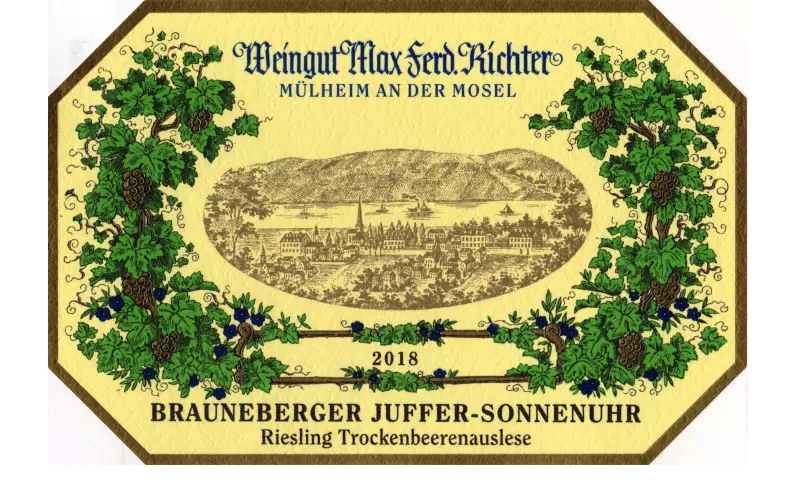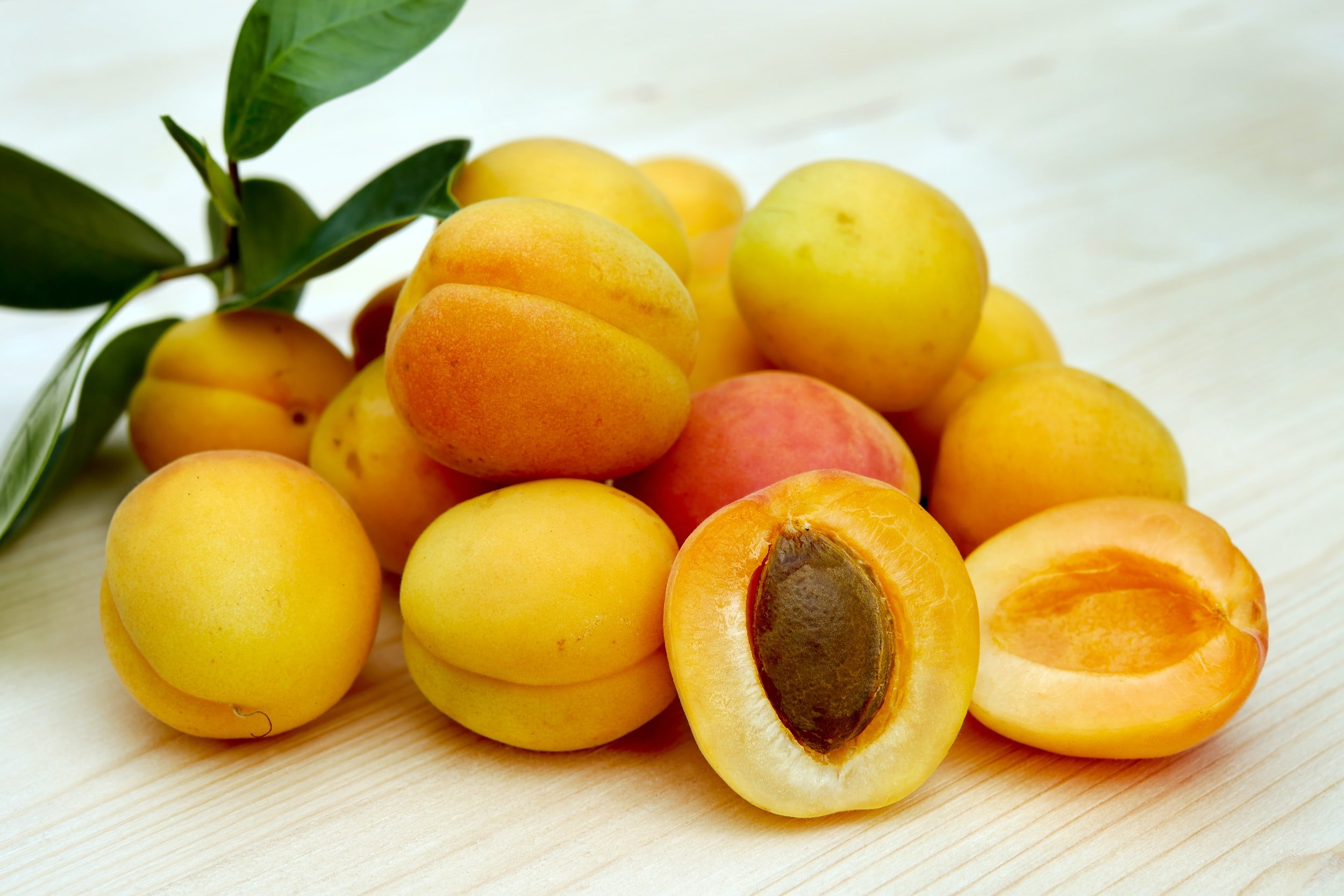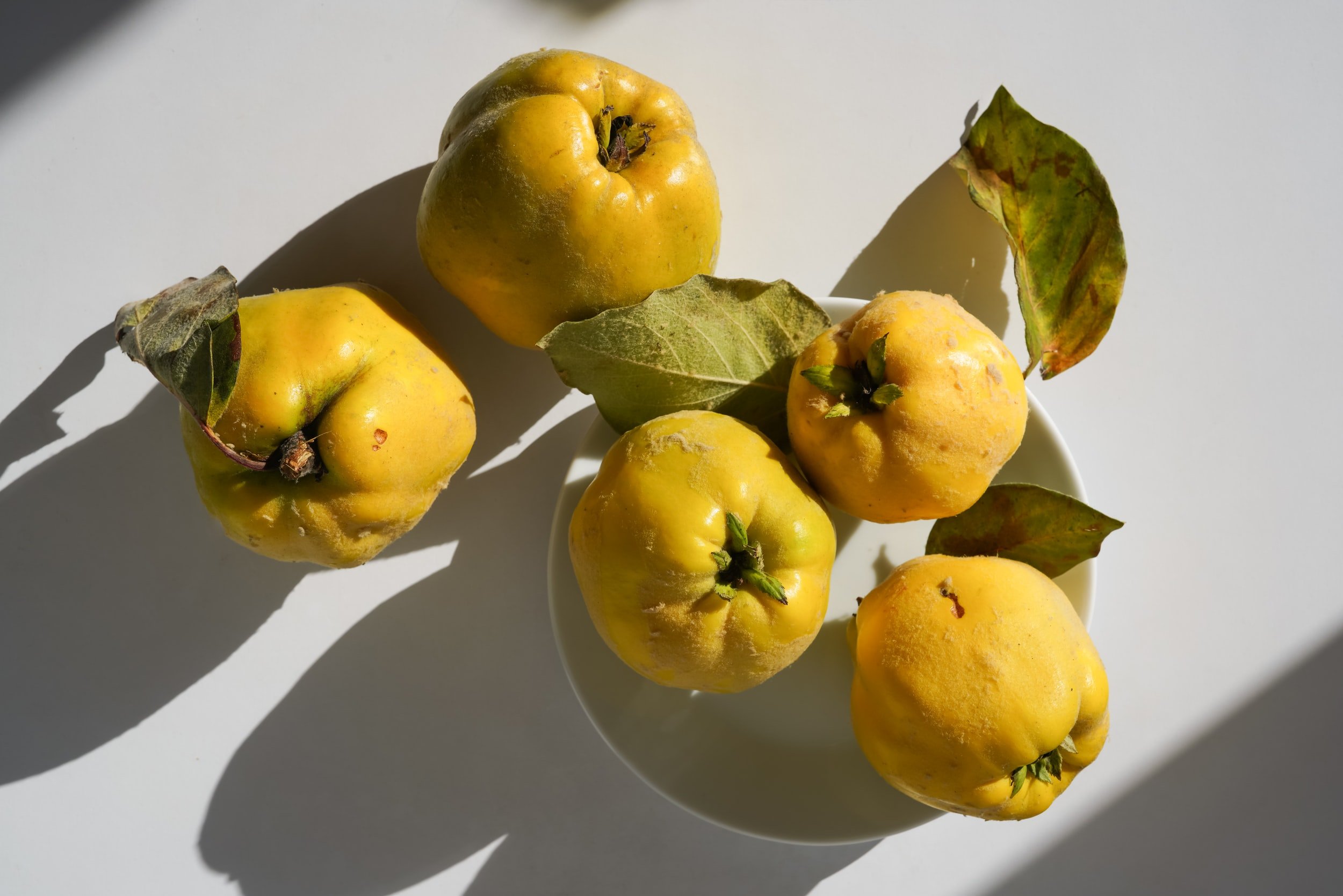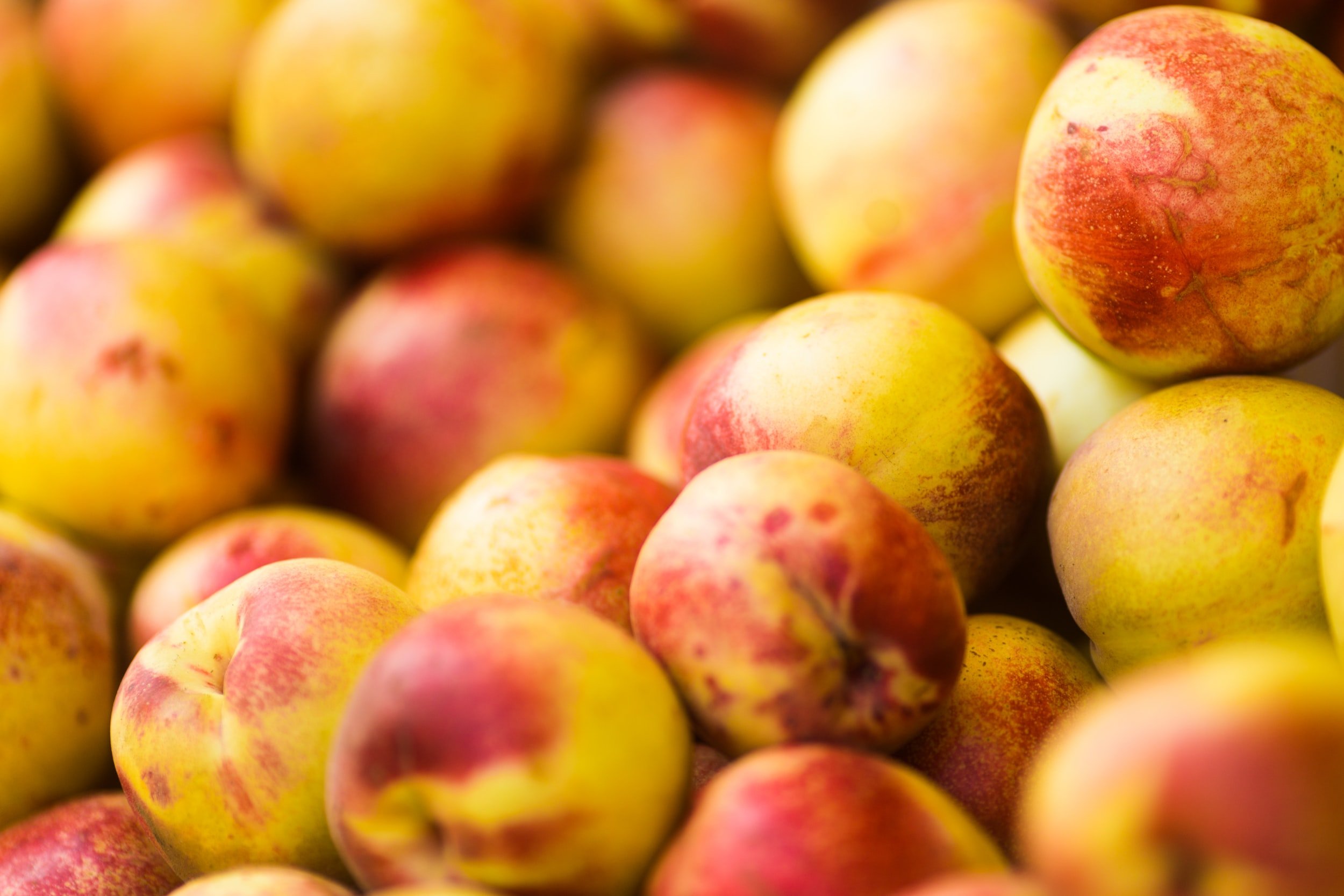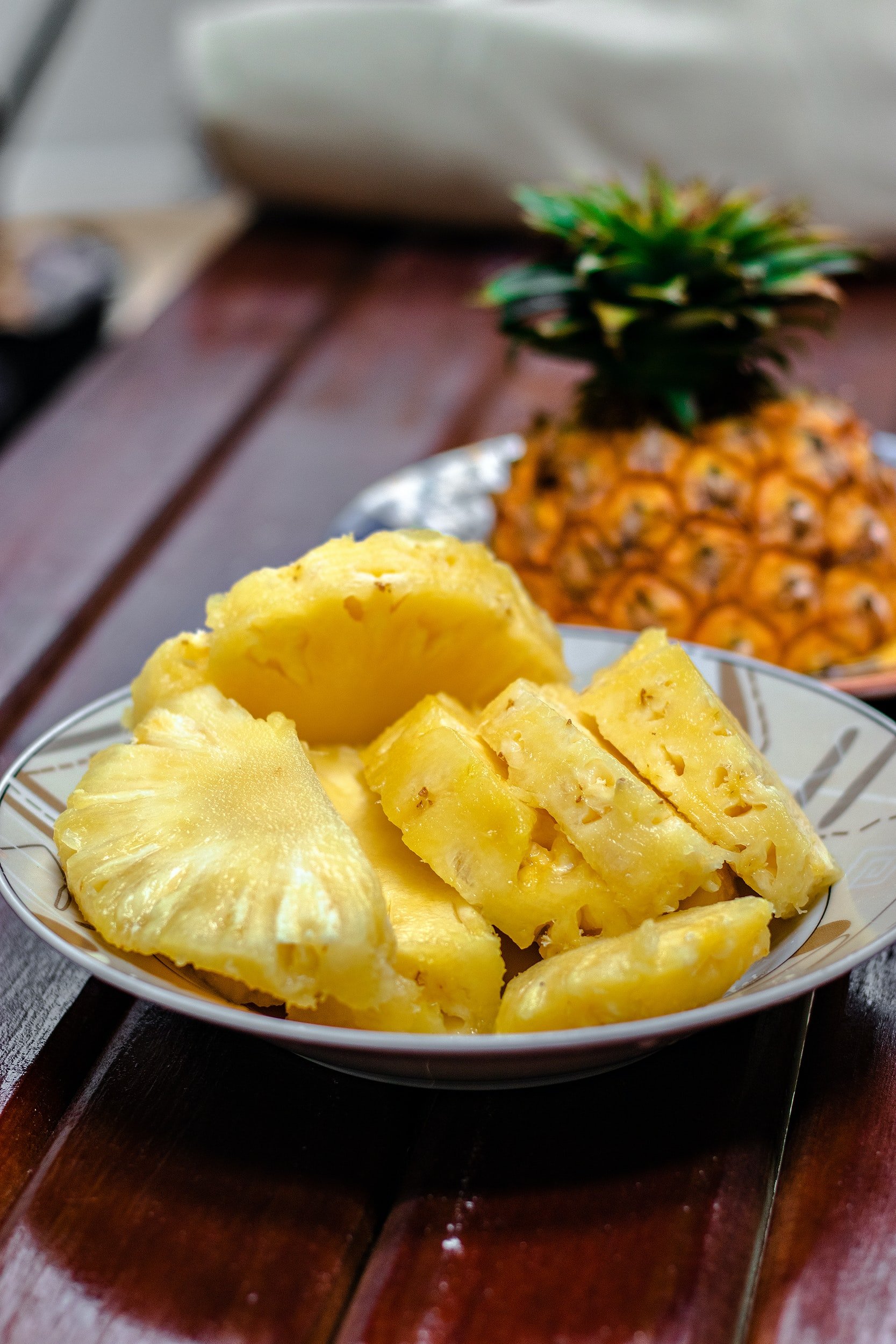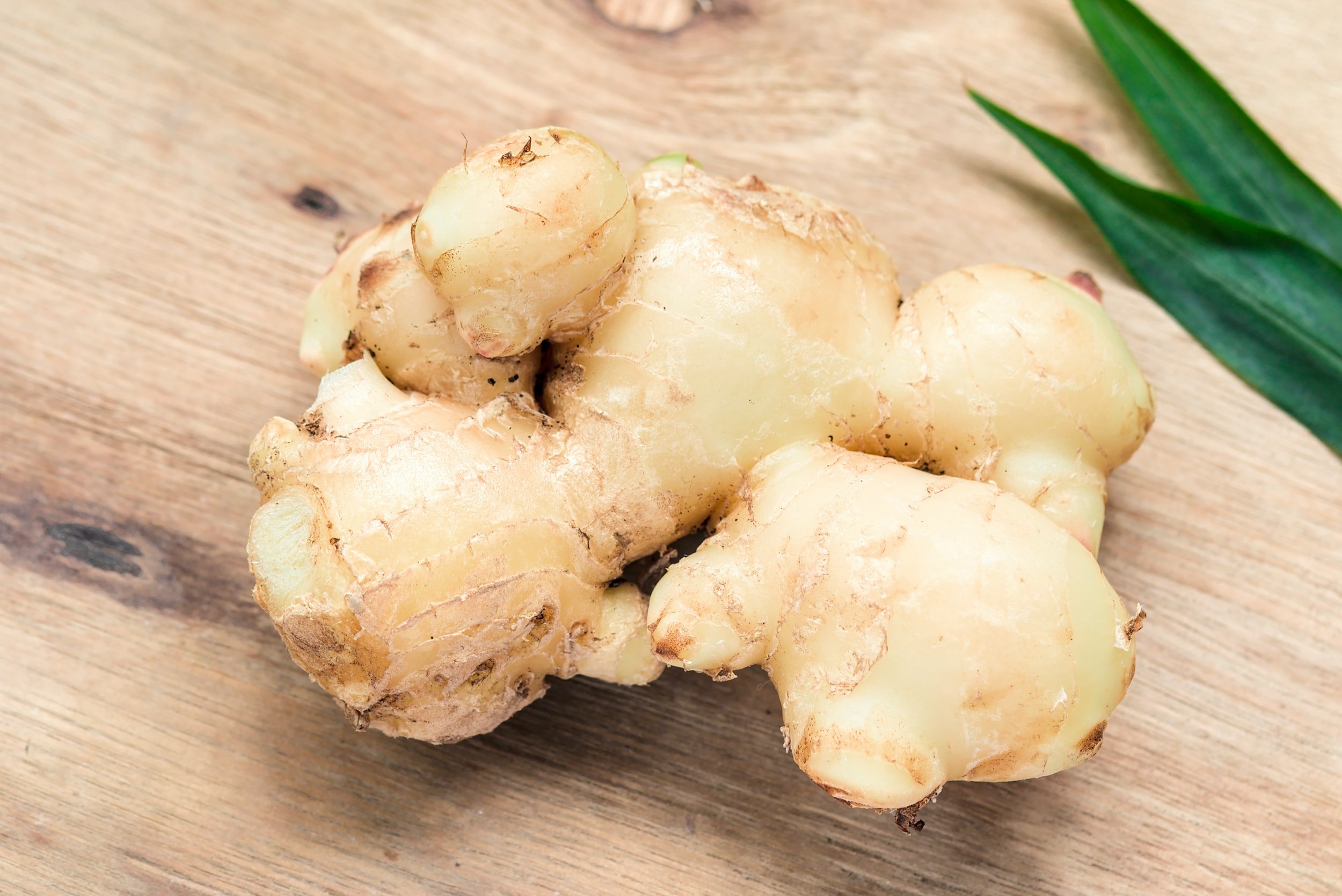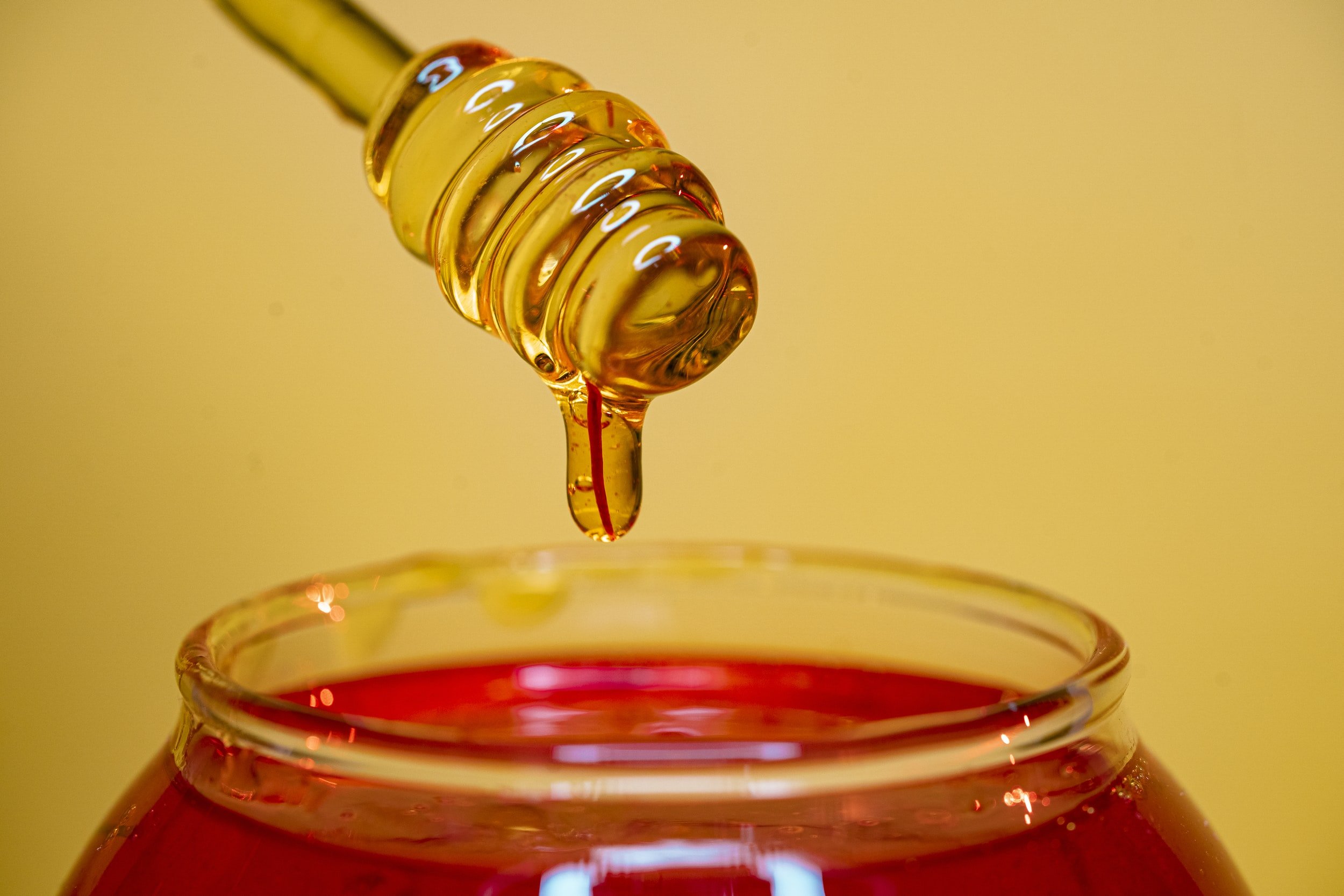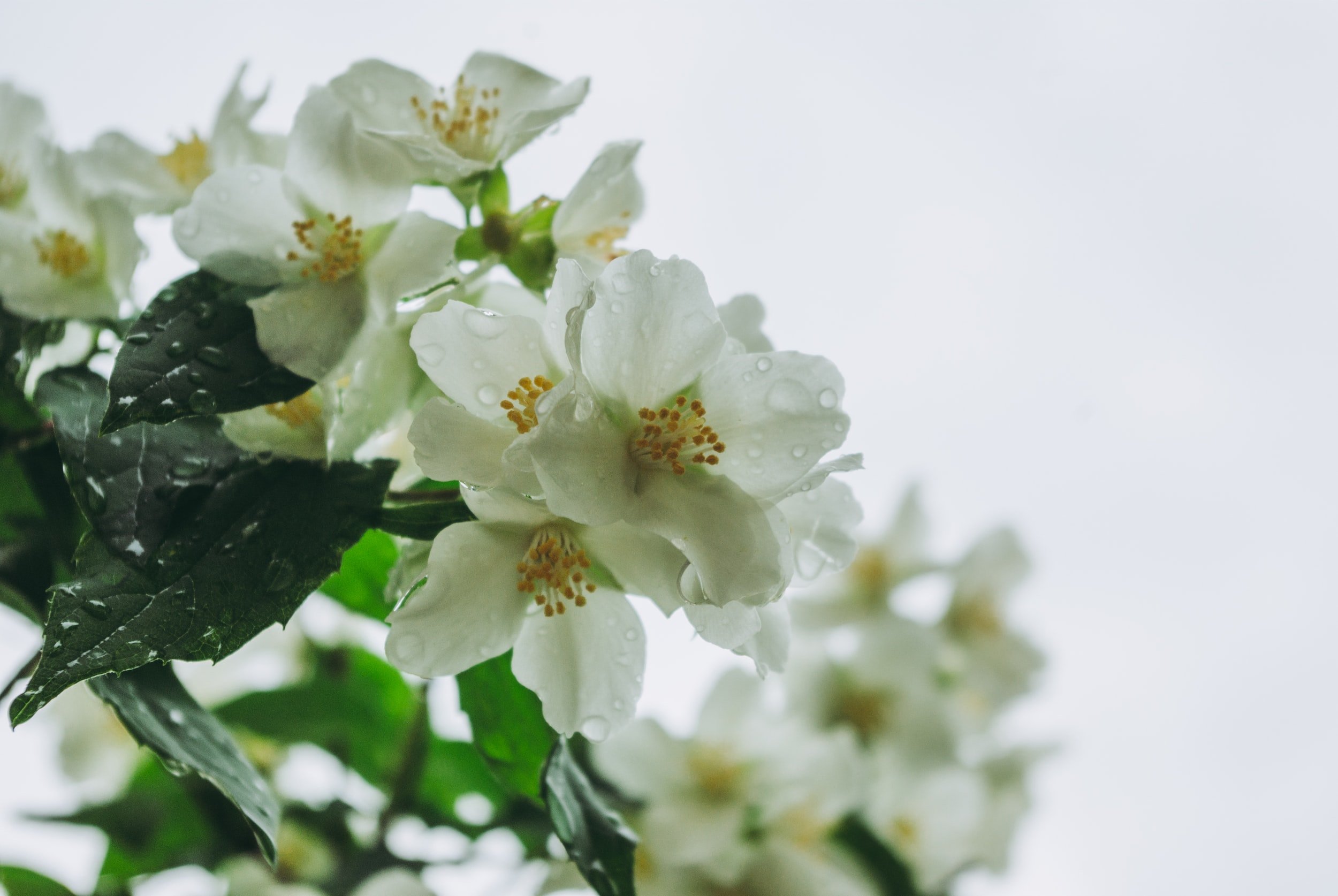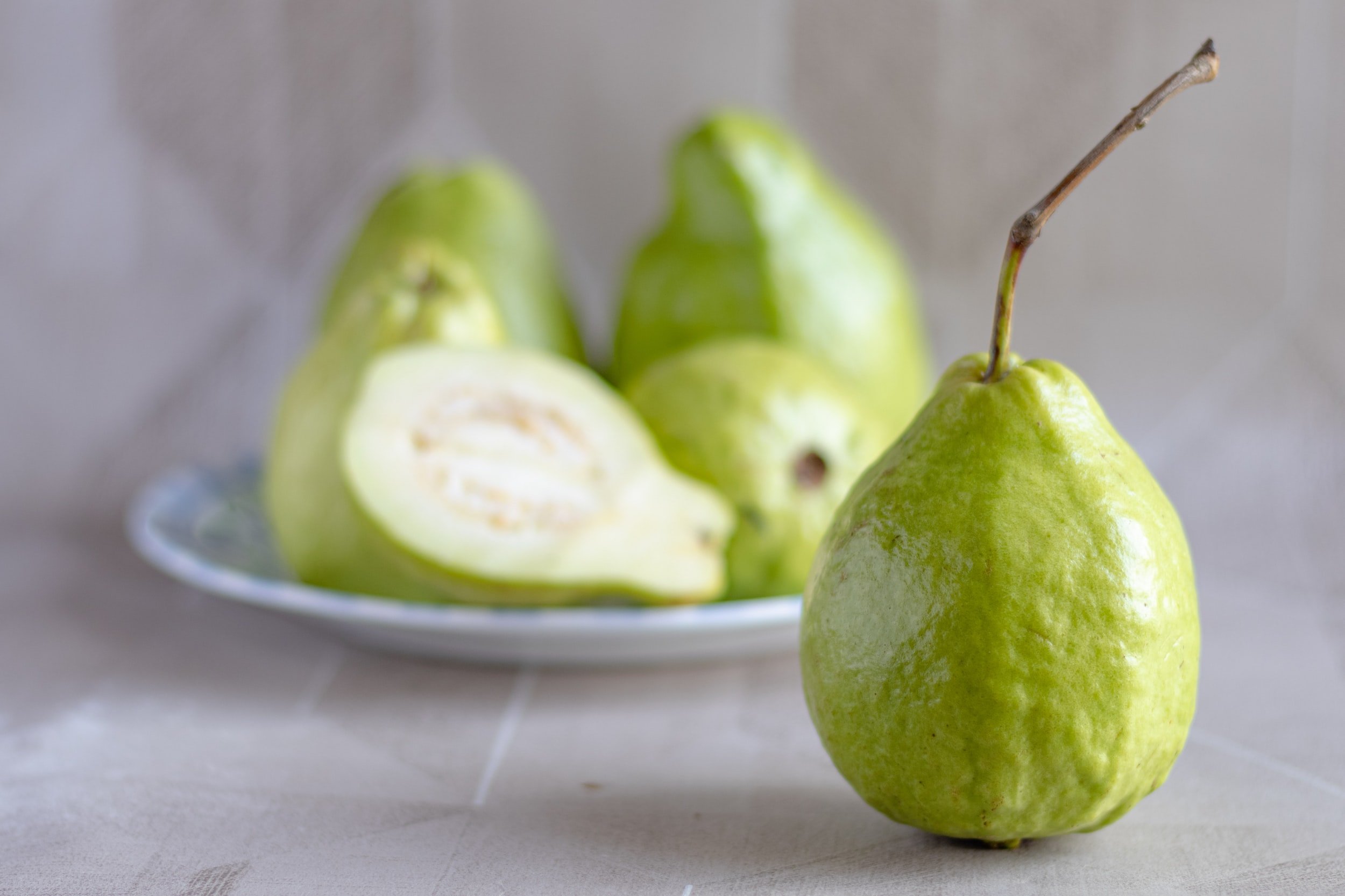Riesling: This Grape Is Used To Make Both Dry And Sweet Wines.
Riesling is a white wine grape variety believed to have originated in the Rhine region of Germany. The Riesling grape has a long and storied history and is one of the world's most famous wine grape varieties. Riesling wines are typically light-bodied and aromatic, with peach, apricot, and citrus flavors. This blog post will discuss the history and characteristics of Riesling wine grapes. We will also explore the different styles of Riesling wines and discuss some of the aromas you can expect to find in Riesling wines.
How To Pronounce Riesling
Riesling wines are typically made in one of four styles: dry, off-dry, sweet, or sparkling. Dry rieslings are the most common style, characterized by their crisp acidity and lack of sweetness. Off-dry Rieslings have a slightly sweeter taste than dry Rieslings, with just enough sweetness to balance the acidity. Sweet rieslings are, as the name suggests, very sweet, with intense fruit flavors.
Riesling originated from an apparently natural hybrid between (Vitis vinifera sylvestris x Traminer) x White Heunisch, according to DNA tests conducted by Dr. Ferdinand Regner in 1998. (Gouais Blanc).
Riesling wines are known for their aromas of stone fruits like peach and apricot, as well as citrus fruits like lemon and lime. You may also notice floral aromas in Riesling wines and a characteristic minerality.
Slate Soil
This mineral quality is often described as "petrol" or "diesel" and is a result of the high levels of slate in the soils where Riesling grapes are grown.
If you're looking to explore the world of Riesling wines, you should keep a few things in mind. First, Riesling wines can be made in a wide range of styles, so be sure to know what type you're looking for before you purchase a bottle. Second, pay attention to labeling Riesling wines, as this can give you a good indication of the wine's sweetness level. Finally, don't be afraid to experiment with different Riesling wines - there are many great Riesling wines waiting to be discovered!
The first documented mention of the Riesling grape was in 1435, in the wine cellar book of Count John IV of Katzenelnbogen. Riesling wines were first exported from Germany in the 16th century, and the grape quickly became popular in European countries like France and Austria.
RIESLING REGION; ALSACE
Alsace, France, is a key European crossing with French, Germanic, and Roman influences. Alsace vineyards were famed in the Middle Ages when Alsace wines were treasured across Europe.
Alsace is recognized for its nuanced, high-concentration dry Rieslings. They have powerful citrus, peach, pear, white flower, and mineral scents.
NEW WORLD
Riesling arrived in Australia in 1838, brought over by German immigrants. The first Riesling vines were planted near Penrith, New South Wales. The grape quickly became one of Australia's most famous wine grape varieties. Today, more than 200 Riesling producers are in Australia, making it one of the country's most widely planted grape varieties.
Finger Lake, New York
Riesling is also grown in New Zealand, South Africa, Chile, and the United States. Riesling is most commonly grown in Washington State and New York's Finger Lakes region in the United States. Washington State is home to over 50 Riesling producers, many of whom are in the Columbia Valley AVA. The Finger Lakes region of New York is one of the premier Riesling-growing regions, with more than 100 wineries producing Riesling wines.
What are the aroma compounds of Riesling?
The main aroma compounds in Riesling wines are esters, responsible for fruity aromas. The most common esters in Riesling wines are ethyl acetate and isopentyl acetate, which have aromas of pear and apple, respectively. Other essential aroma compounds in Riesling include terpenes, which contribute floral aromas, and sulfides, which can add a characteristic "petrol" aroma. Finally, Riesling wines often contain high levels of sulfur dioxide, giving them a characteristic "diesel" aroma.
What makes Riesling wine taste sweet?
Riesling wines can taste sweet because of the high sugar levels in grape juice. The sugar content of Riesling grapes can vary depending on the ripeness of the grapes at harvest time. Grapes harvested early will have lower sugar content, while grapes harvested later will be higher in sugar. In addition, Riesling wines can be made in various styles, some of which are sweeter than others. For example, off-dry Riesling wines have a moderate amount of sugar, while dessert wines like Icewine and Trockenbeerenauslese are lovely.
Are all Riesling sweet?
Not all Riesling wines are sweet. Riesling wines from France's Alsace region and some German Rieslings labeled trocken can be dry. While some Rieslings are known for their sweetness, it's important to check the label and origin to better understand the wine's flavor profile.
Sweet Riesling
GERMAN SWEET RIESLING
Riesling is a sweet wine found in several regions and styles. There are several types of Riesling, each with its distinct flavor profile. In Germany, you'll find plenty of excellent sweet Riesling.
Let's write down Germany's most basic wine regulations to understand sweet Riesling better. But, to determine which Riesling is lovely, we must look at German wine laws and the term Pradikatswein, which is what the label means.
Pradikatswein is a dry-to-sweet wine that contains more natural sugar. The sweetness is determined by the ripeness of the grape when picked. The riper the grape, the sweeter the wine will taste. There are six categories of Pradikatswein, which go from dry to very sweet. They are: Kabinett, Spatlese, Auslese, Beerenauslese, Eiswein and Trockenbeerenauslese.
The first three categories are the most common and can be found in any German supermarket. The last three are very rare and expensive. Eiswein is made from grapes frozen on the vine and then pressed while still frozen. This results in a small yield but very intense flavors. Trockenbeerenauslese is made from individually selected berries that have been affected by noble rot. Beerenauslese is made in the same way but with riper grapes. Finally, Auslese is made from riper grapes that have been picked by hand.
Now that we know the different categories of sweet Riesling let's explore some of the most popular brands. Dr. Loosen is a well-known producer of high-quality sweet Riesling. Their Erdener Treppchen Riesling Spatlese is a classic example of the style and is made from grapes grown in the Mosel region.
Weingut Max Ferd. Richter is another top producer of sweet Riesling, and their Brauneberger Juffer - Sonnenuhr Trockenbeerenauslese is one of the most sought-after wines in the world.
Riesling wines are typically medium-bodied with high acidity. The acidity of Riesling wines can make them seem tart or sour, but the wine's sweetness often balances this. Riesling wines range in color from pale straw to deep gold, and they are usually clear with no sediment.
Riesling wines are made in various styles, from dry to sweet. The grape's sugar content determines the sweetness of Riesling wines at harvest time and how the wine is made. Sweet Riesling wines are typically medium-bodied with high acidity, ranging in color from pale straw to deep gold.
FRENCH SWEET RIESLING
French Riesling is a variety of the Riesling grape grown in the Alsace region of France. French Riesling wines are typically dry, with high acidity and minerality. The best French Rieslings come from the Grand Cru vineyards in the Alsace, where the grapes benefit from ideal growing conditions.
Vendanges Tardives
Vendanges Tardives are used to designate great sweet wines made from over-ripe grapes. This designation can be added to the labels of Alsace or Alsace Grands Crus appellations.
SGN (selection of noble berries)
Since 1984, the classification of the SGN (selection of noble berries) designates sumptuous sweet wines made from carefully hand-picked grapes …
This can be added to labels of Alsace or Alsace Grands Crus appellations.
Sweet Riesling from the USA
The United States is home to some excellent sweet Rieslings. Washington State produces some of the best examples, with producers like Chateau Ste. Michelle and Pacific Rim producers.
Pacific Rim Sweet Riesling
You're missing out if you haven't had Pacific Rim's Riesling wine yet. Their entire website explores their website and sees all that they have to offer dedicated to this one type of world-class wine. In fact, nearly 90% of their production is Riesling.
What is the difference between dry Riesling and off-dry Riesling?
Dry Riesling wines have very little sugar, while off-dry Riesling wines have moderate sugar. The amount of sugar determines the sweetness level of Riesling wines in the grape juice at harvest time.
What are some well-known Riesling wines?
Some of the most famous Riesling wines come from Germany's Mosel region. The Mosel is home to some of the world's oldest Riesling vines, over 100 years old. The Mosel region's steep slopes and slate soils produce elegant, mineral-driven Riesling wines.
Other well-known Riesling wines come from Austria's Wachau region. The Wachau is known for its dry, racy Riesling wines, often aged in stainless steel tanks to preserve their freshness.
Riesling from Australia's Clare Valley is another well-known Riesling wine. Clare Valley Rieslings are known for their intense citrus fruit flavors and racy acidity.
Riesling wines from Washington State's Columbia Valley AVA are also gaining popularity. These Riesling wines are known for their racy acidity and intense fruit flavors.
Finally, don't forget about Riesling wines from the Finger Lakes region of New York. The Finger Lakes is one of the unique Riesling-growing regions, producing wines known for their balance and elegance.
What are some of the most popular Riesling producers?
Some popular Riesling producers include Dr. Loosen, J.J. Prum, and Egon Müller. These producers are all located in Germany's Mosel region, and their Riesling wines are known for their elegance and finesse.
Other famous Riesling producers include Domaine Weinbach, Fritz Haag, and Von Hovel.
Finally, don't forget about producers like Chateau Ste. Michelle, Columbia Crest, and Pacific Rim. These producers are all located in Washington State's Columbia Valley AVA.
Cheers
Alper, Advanced Sommelier



